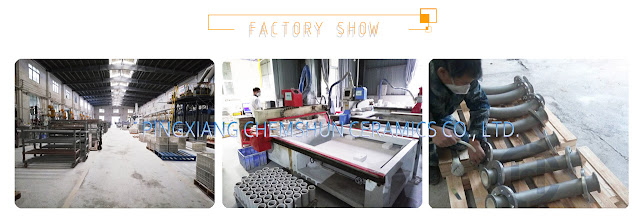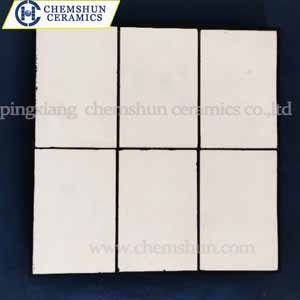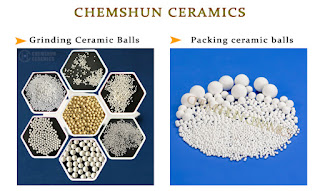How to achieve the most accurate size when producing high-purity alumina wear resistant ceramics

Nowadays, more and more alumina ceramic products are used in the fine parts of the equipment, t he requirement of the dimensional precision is very high, and the cooperation with the equipment during construction should be good to achieve the required wear resistance of the equipment. Traditional manual cutting way of semi-finished products cause large size error,bad fitness when used. And cutting the finished products requires high-hardness cutting equipment, which results in high labor costs and large product waste. Pingxiang Chemshun Ceramics co.,ltd produces abrasion resistant ceramics with automatic fine cutting semi-finished produces then sintering to meet the size accuracy requirements of customers at one time.Chemshun Ceramics uses AutoCAD to draw the product size required by the customer, and then imports it into the computer connected to the engraving equipment for reprogramming. The equipment automatically runs the line to complete the cutting, which not only improves the

